
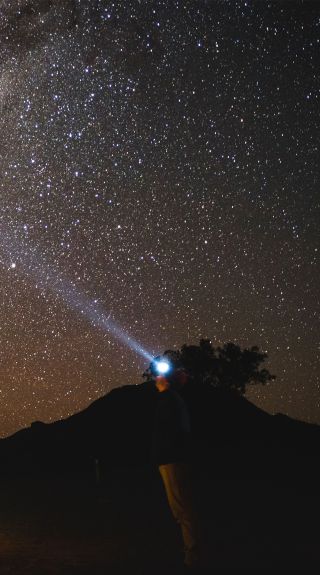
The seven best places to stare at the night sky in NSW
Dark Sky Park, Warrumbungles National Park
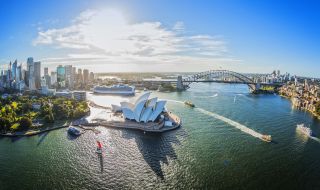



Destination NSW
Travel five kilometres out from Broken Hill, in the far west of NSW, and it’s something of an understatement to say the night sky shines bright thanks to the lack of artificial light in the area. Join a stargazing session with Outback Astronomy to learn about the stars above thanks to their compelling blend of astronomy, science and storytelling. Relax in a comfortable reclining chair decked out with a blanket and binoculars as your guide points out constellations, planets and star clusters.
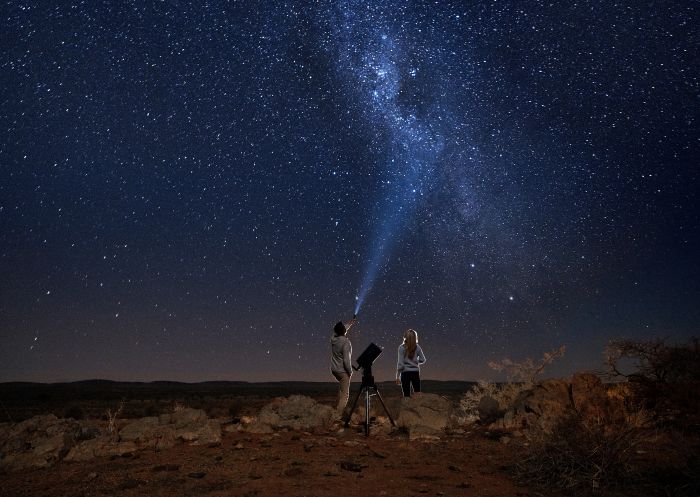
Outback Astronomy, Broken Hill
Coonabarabran in NSW’s Warrumbungle region is known as the capital of Australian astronomy – and there’s good reason why. The region has zero light pollution and it’s home to the nation’s first Dark Sky Park – an honour bestowed by the International Dark-Sky Association. Warrumbungle National Park’s two observatories make it a magnet for professional and amateur astronomers. At Siding Spring Observatory, discover Australia’s largest optical telescopes, including the world-famous Anglo-Australian Telescope, which has a 3.9 metre-diameter mirror. Meanwhile, at Milroy Observatory, join research astronomer Donna on a kid-friendly tour discovering the Southern Hemisphere's night skies. Join Coonabarabran Stargazing to learn about the stories and past of the Milky Way. You can also simply set up your own telescope in one of Warrumbungle’s campsites.

Siding Spring Observatory, Coonabarabran - Credit: Filippo Rivetti
It will come as no surprise to discover that the Blue Mountains, just west of Sydney, is a perfect place to stare at the heavens. This is nature at its finest, with few lights and little outside distraction to disrupt your observations. Book a tour with Blue Mountains Stargazing, hosted by astronomer Dr Dimitri Douchin, to see rings, moons and planets up close thanks to a state of the art telescope. For an indulgent evening out, opt for their wine tasting experience where you'll see galaxies with a glass of vino in hand at Dryridge Estate. Creatives will enjoy the astrophotography workshop which covers both the theory and practice of capturing the night sky.
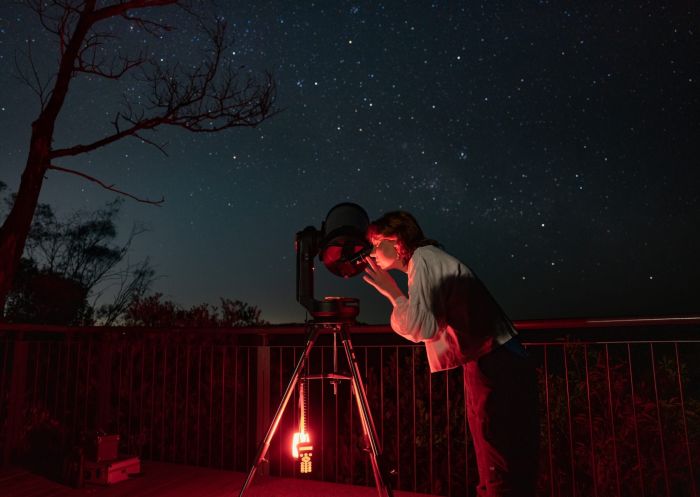
Blue Mountains Stargazing, Wentworth Falls
Hidden away in the hills outside Mudgee in the state’s Central West, in a spot with very little light pollution, Mudgee Observatory is a private institution that accepts guests and group tours. Astronomer and owner John Vetter guides visitors through the visible constellations – which are seasonal – via four telescope domes that provide incredible views out into space, where something that once seemed black-and-white is suddenly visible in colour as you zoom in close to planets and stars. The theatre and planetarium run several features on the night sky and sun, as well as programs on space missions. Glamp outside the city lights at Sierra Escape to enjoy the night sky in all its glory.
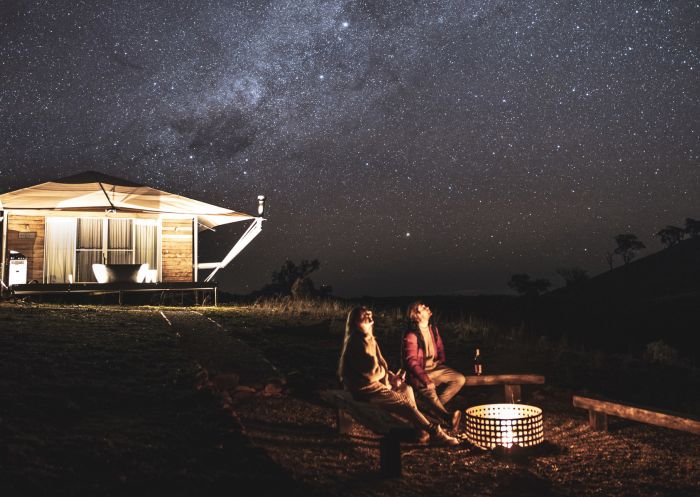
Sierra Escape, Piambong - Credit: Guy Williment
Few observatories in the world can claim the historical significance that Parkes enjoys. Communications from the Apollo 11 moon landing were received and relayed here, while cult film The Dish, whose story is based on those events, was also set and shot here. Visit the Parkes Observatory and, of course, you’ll get to see that dish – the 64m wide antenna operates 24 hours a day and is still used, among other things, to detect signs of alien life. You’ll also have a chance to explore the interactive displays and the 3D theatre on site. While stargazing experiences aren't offered, it's a must-see for anyone fascinated by astronomy.

Parkes Observatory, Parkes
Located just behind Dubbo's Taronga Western Plains Zoo, Dubbo Observatory has several powerful telescopes to view the night sky, including a 20-inch telescope. There are group solar-viewing shows during the day and stargazing sessions at night. You can also book an astrophotography session where you can capture images of deep-sky objects through a telescope using your own camera.

Dubbo Observatory, Dubbo
Great news: you don’t even have to leave the confines of Sydney to enjoy an eye-opening stargazing adventure. Occupying a heritage-listed sandstone building in The Rocks, on the appropriately named Observatory Hill, Sydney Observatory has played a pivotal role in Australia’s astronomical history, and continues to offer memorable experiences to visitors. During the day, use the telescope to view the sun, the moon and even Venus. At night, let expert guides lead you through the basics of celestial navigation, while also viewing some of the dark-sky highlights through the telescope. Night photography workshops are offered monthly.
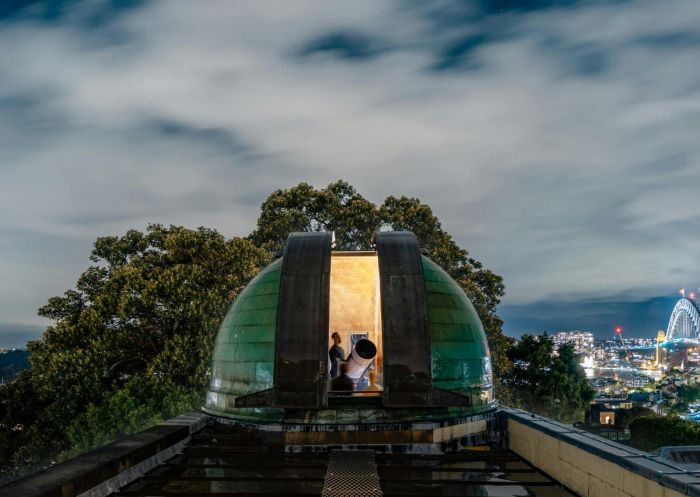
Sydney Observatory, Sydney - Credit: Demas Rusli
On the northern fringe of Sydney, you'll find the first Urban Night Sky Place in Australia and the Southern Hemisphere at Palm Beach Healand. Covering 62 hectares across Governor Phillip Park (open at any time for members of the public to view the night sky) and Barrenjoey Headland (closed from dusk to dawn and only open for approved DarkSky events), you can enjoy oceanside views of the starry night sky here.

Barrenjoey Lighthouse, Palm Beach
Stay connected to Visit NSW for all the latest news, stories, upcoming events and travel inspiration.
All the insider news, tips and inspiration you need to plan your next trip, delivered straight to your inbox.
Sign UpVisitNSW.com is the official tourism site for Destination NSW.
© Copyright 2025 Destination NSW. All rights reserved